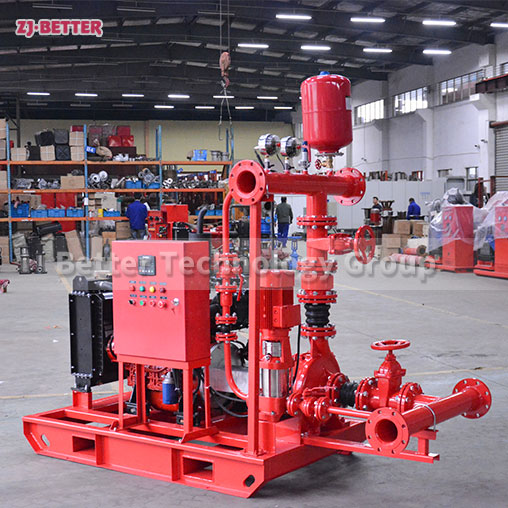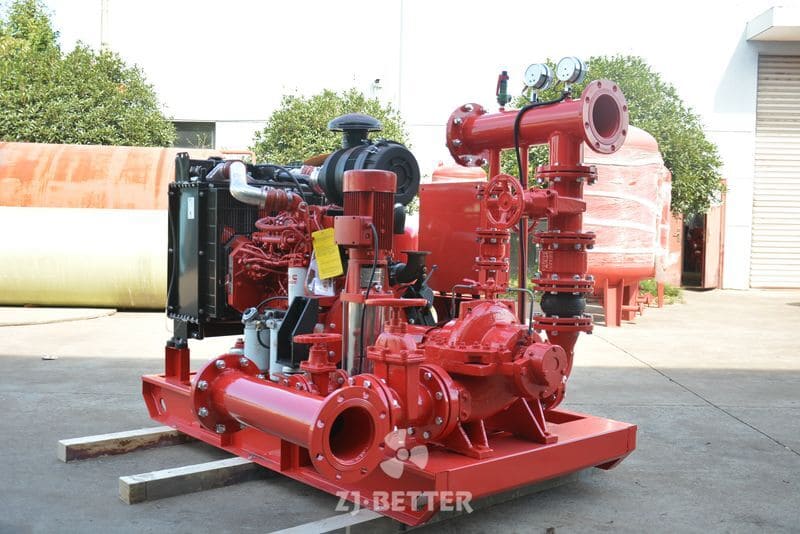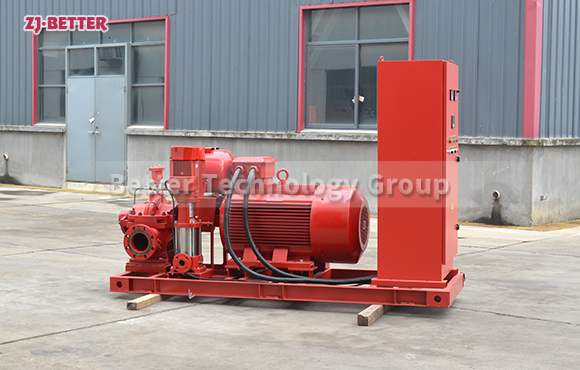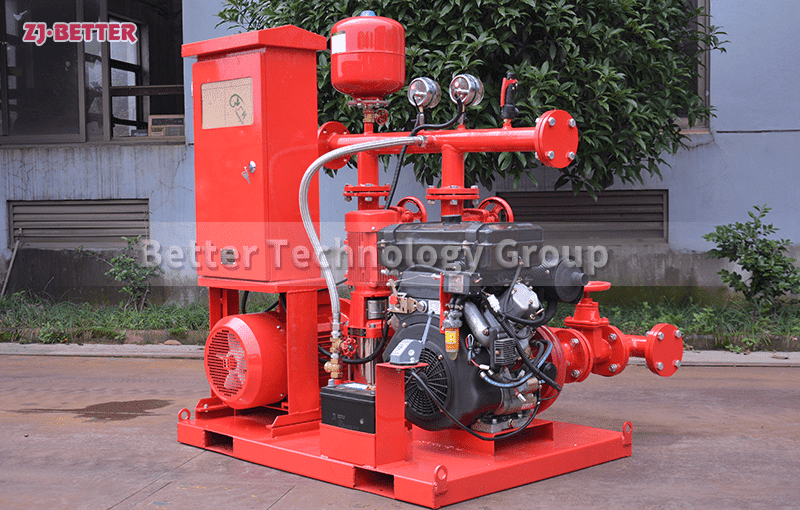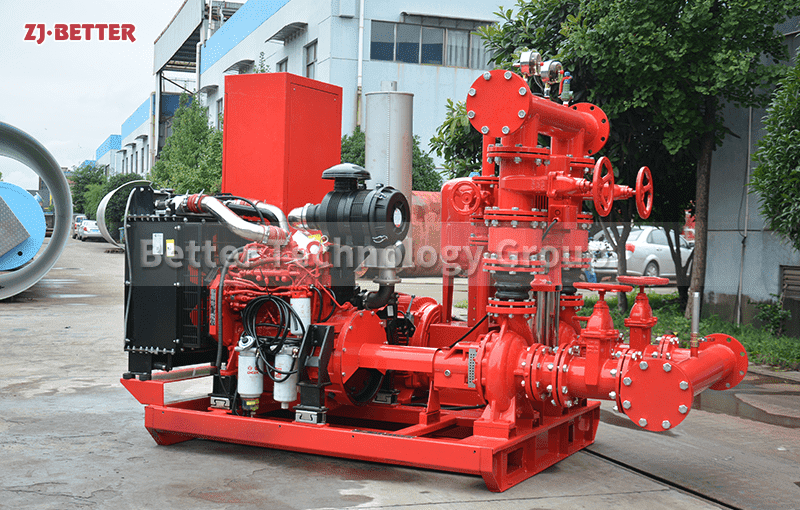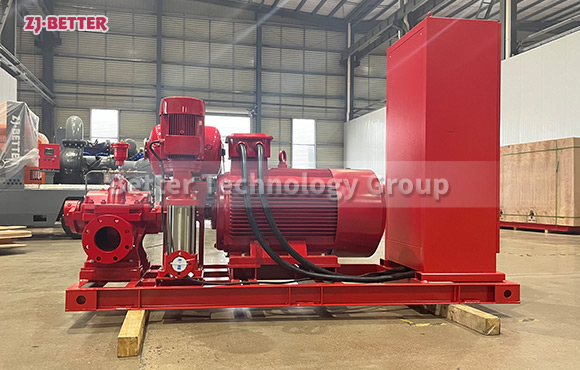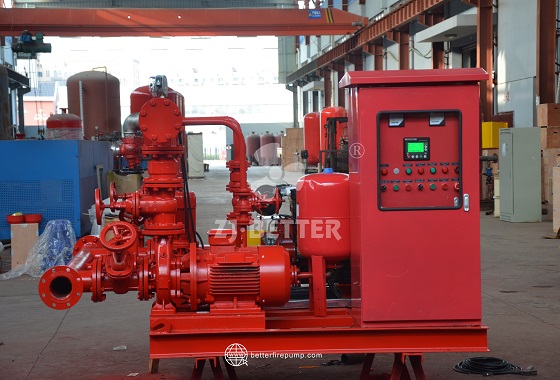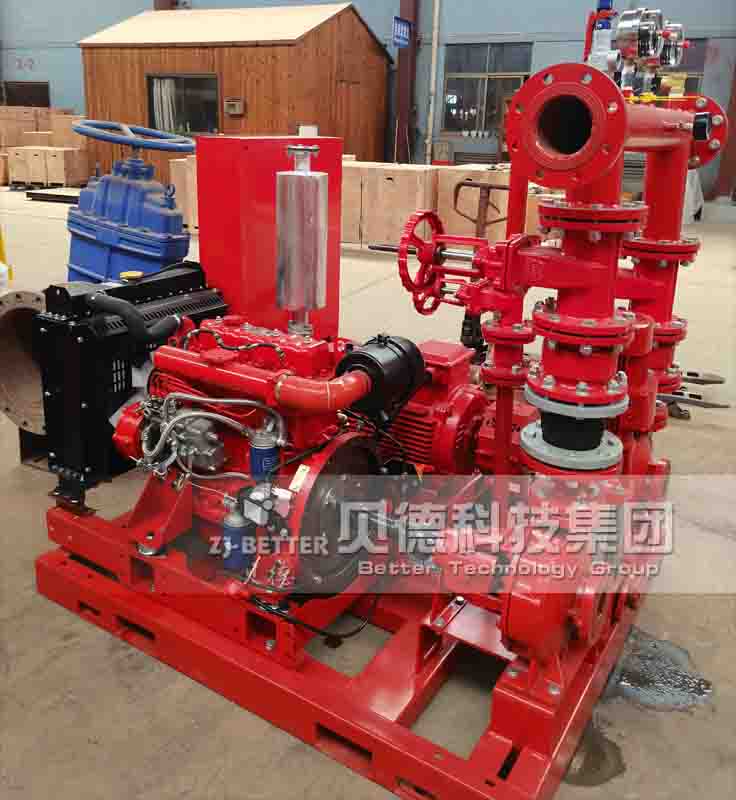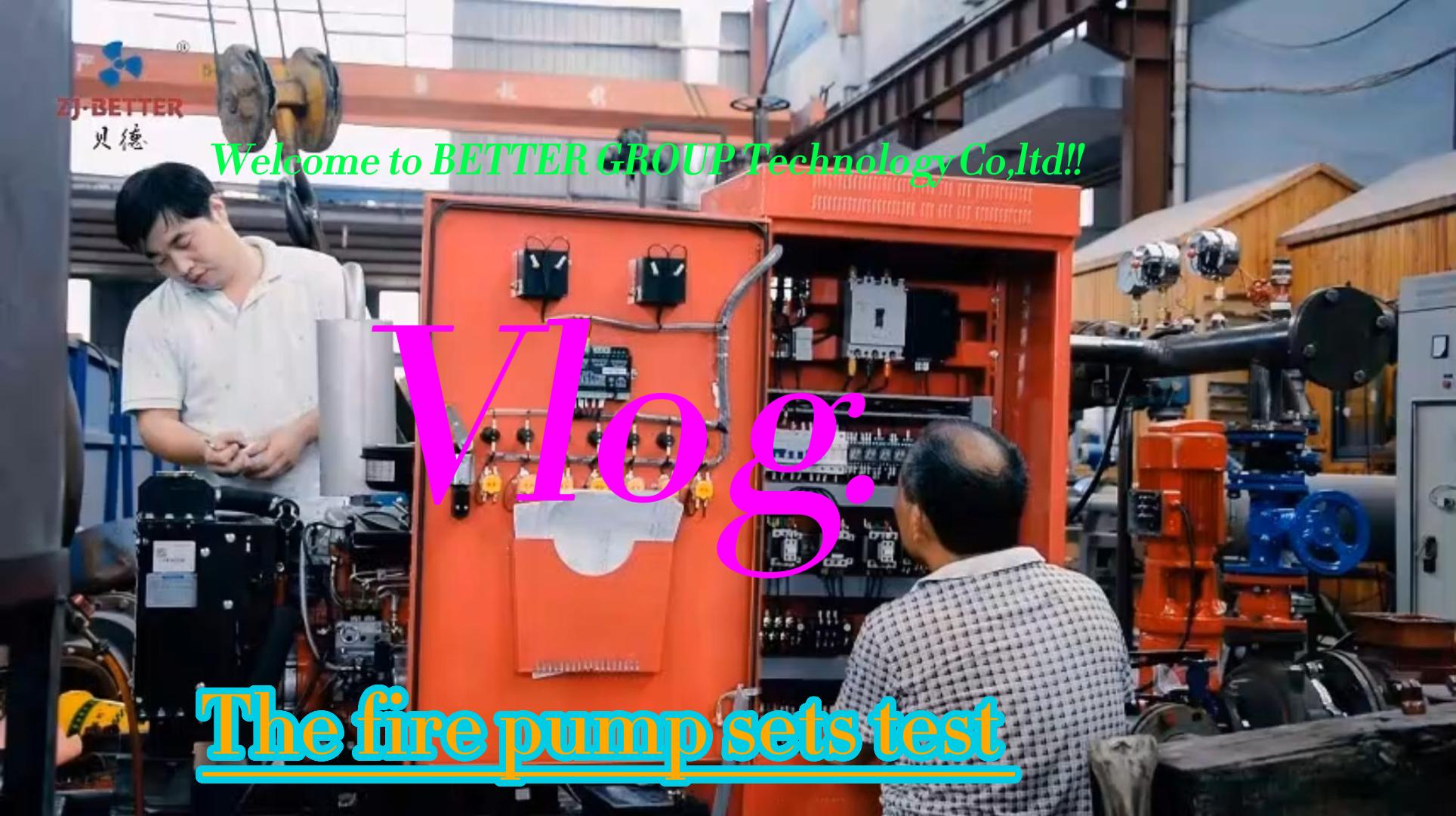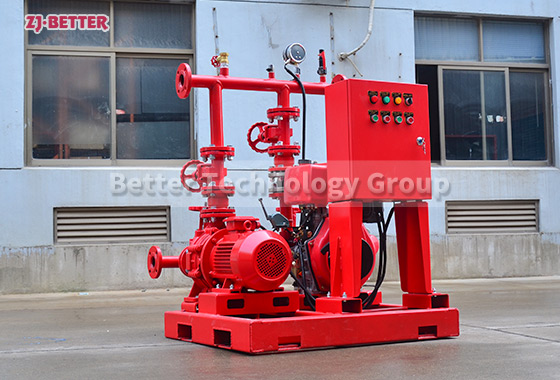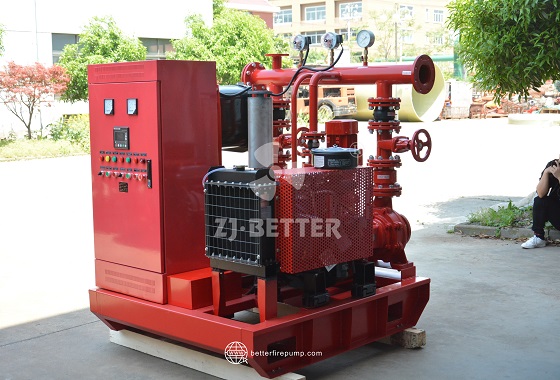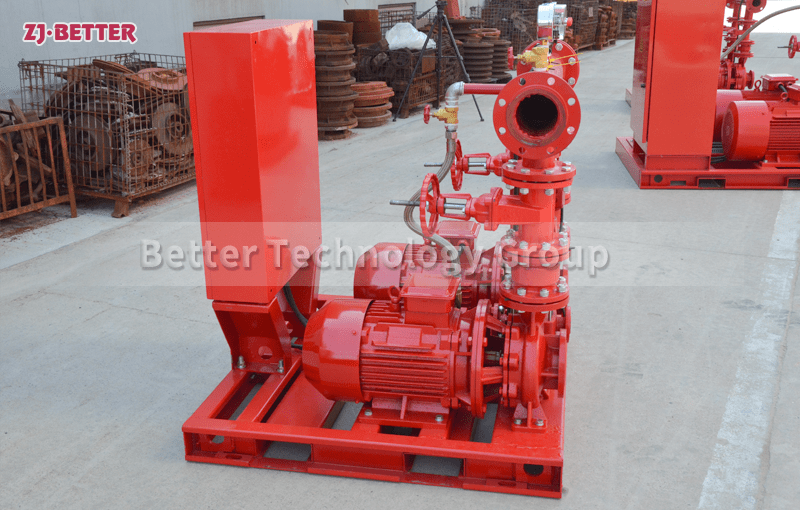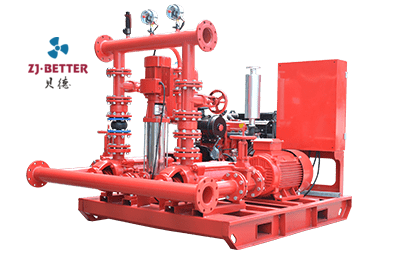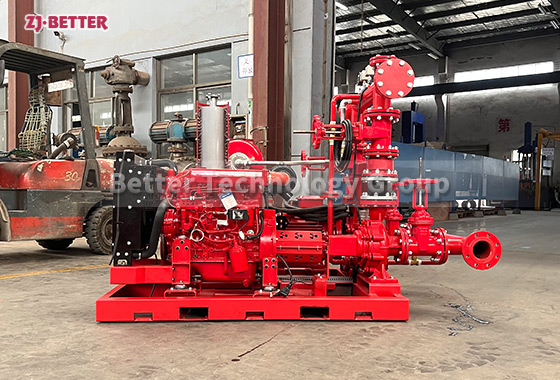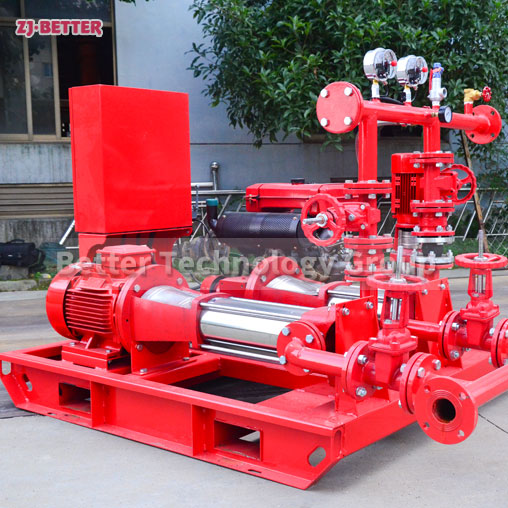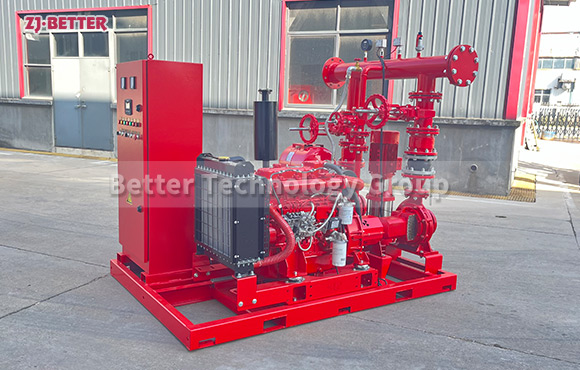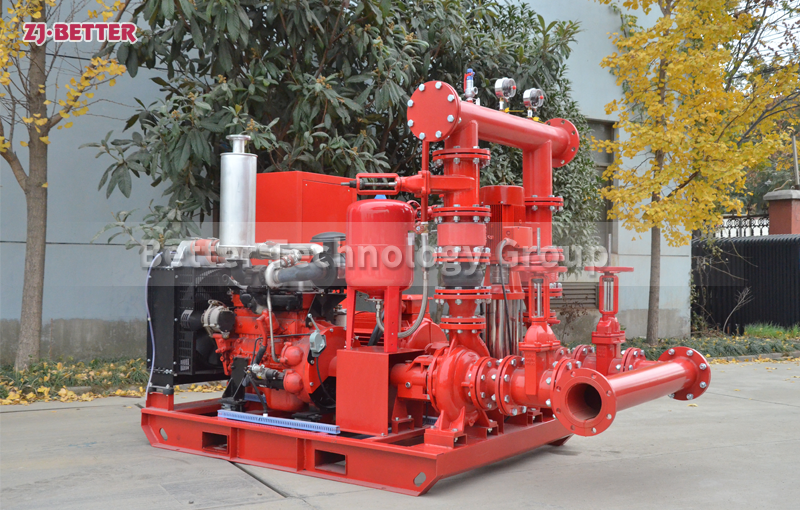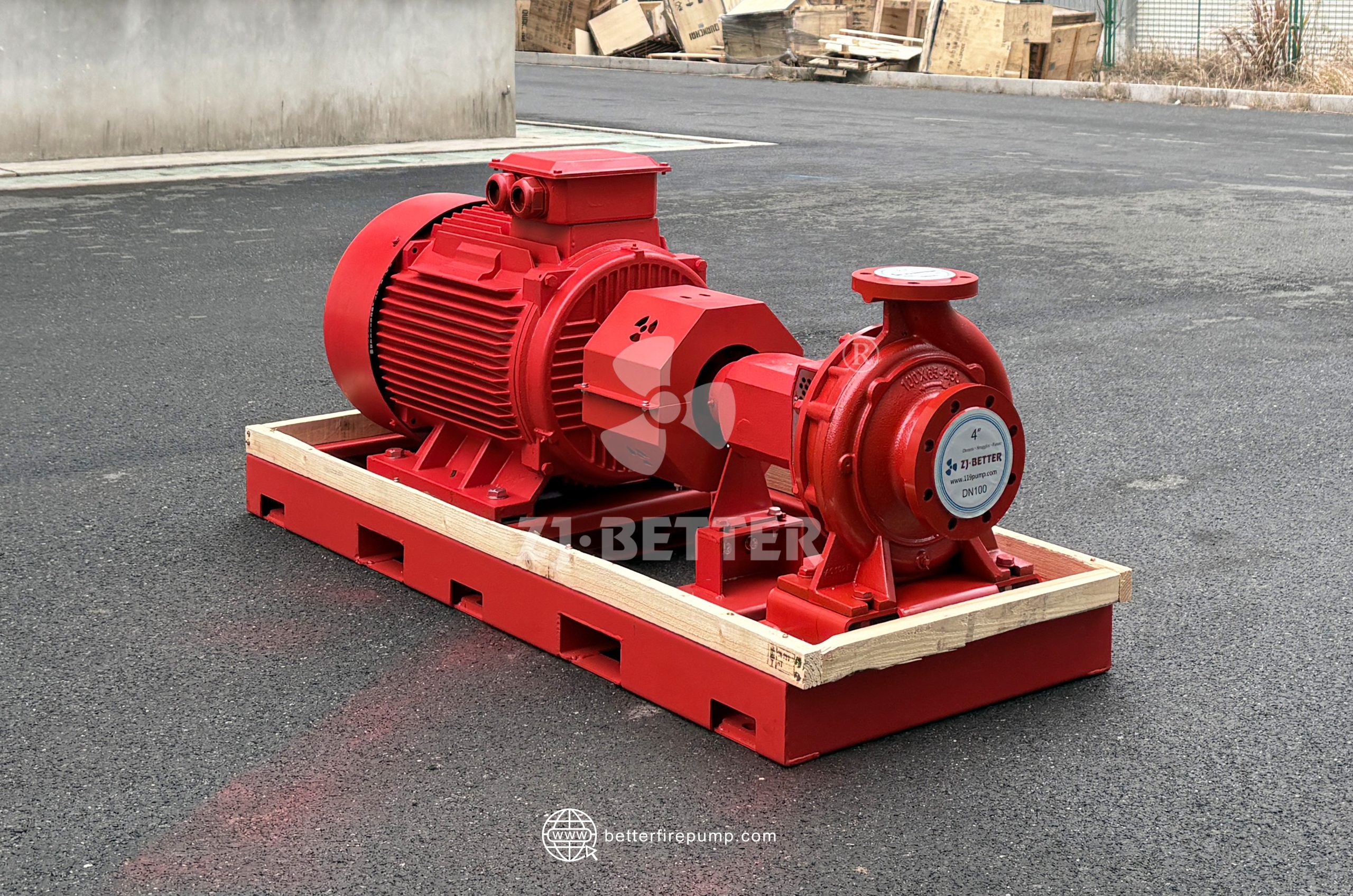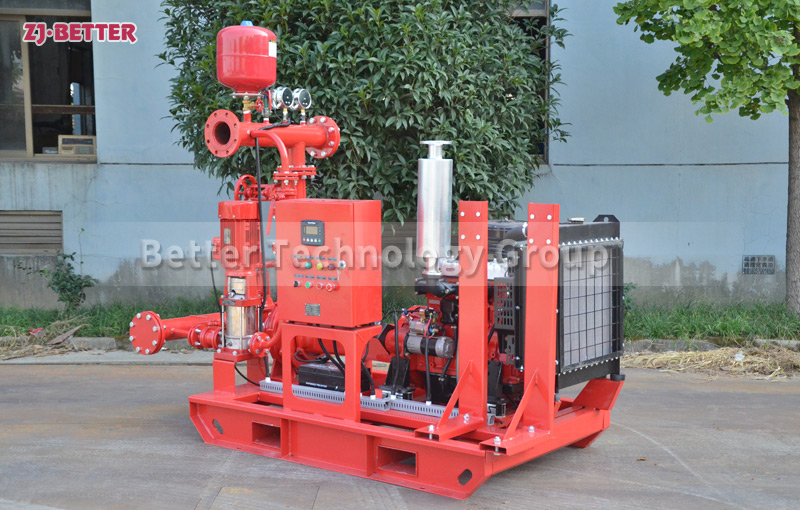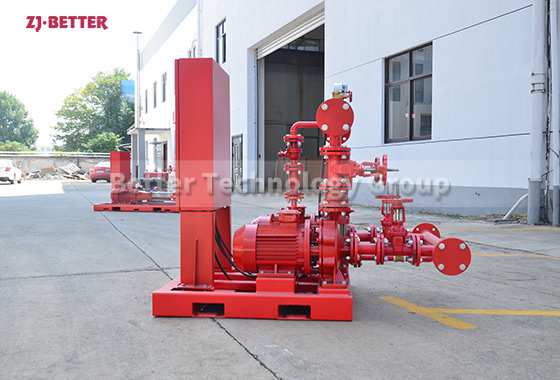How to maintain the fire pump correctly
First of all, check whether the oil level is normal and cannot reach the oil mark line on the normal surface. If it is not, we must replenish it in time, but remember one thing, it cannot exceed the amount of the oil quantity indicator line.
Secondly, check the radiator. The water is appropriate. If it is not added in time, the water that needs to be added must be clean water, as long as it is clean water, or tap water is fine. Why not use groundwater, because impurities in groundwater can easily form scales in the water tank, which affects the cooling effect and is also prone to failure. In winter, we drive to preheat the car, add coolant to the car, and the fire pump is no exception. The weather in the north is very cold, so add the coolant to the fire pump according to the actual temperature.
Finally, check the installation of each part of the fire pump, such as whether they are stable, the connection between the screw and the screw, if there is any looseness, tighten the screw in time. To clean the fire pump, soak a canvas or dry cloth and wipe slowly on the body or on surfaces made of grease or dust.
First of all, check whether the oil level is normal and cannot reach the oil mark line on the normal surface. If it is not, we must replenish it in time, but remember one thing, it cannot exceed the amount of the oil quantity indicator line.
Secondly, check the radiator. The water is appropriate. If it is not added in time, the water that needs to be added must be clean water, as long as it is clean water, or tap water is fine. Why not use groundwater, because impurities in groundwater can easily form scales in the water tank, which affects the cooling effect and is also prone to failure. In winter, we drive to preheat the car, add coolant to the car, and the fire pump is no exception. The weather in the north is very cold, so add the coolant to the fire pump according to the actual temperature.
Finally, check the installation of each part of the fire pump, such as whether they are stable, the connection between the screw and the screw, if there is any looseness, tighten the screw in time. To clean the fire pump, soak a canvas or dry cloth and wipe slowly on the body or on surfaces made of grease or dust.


